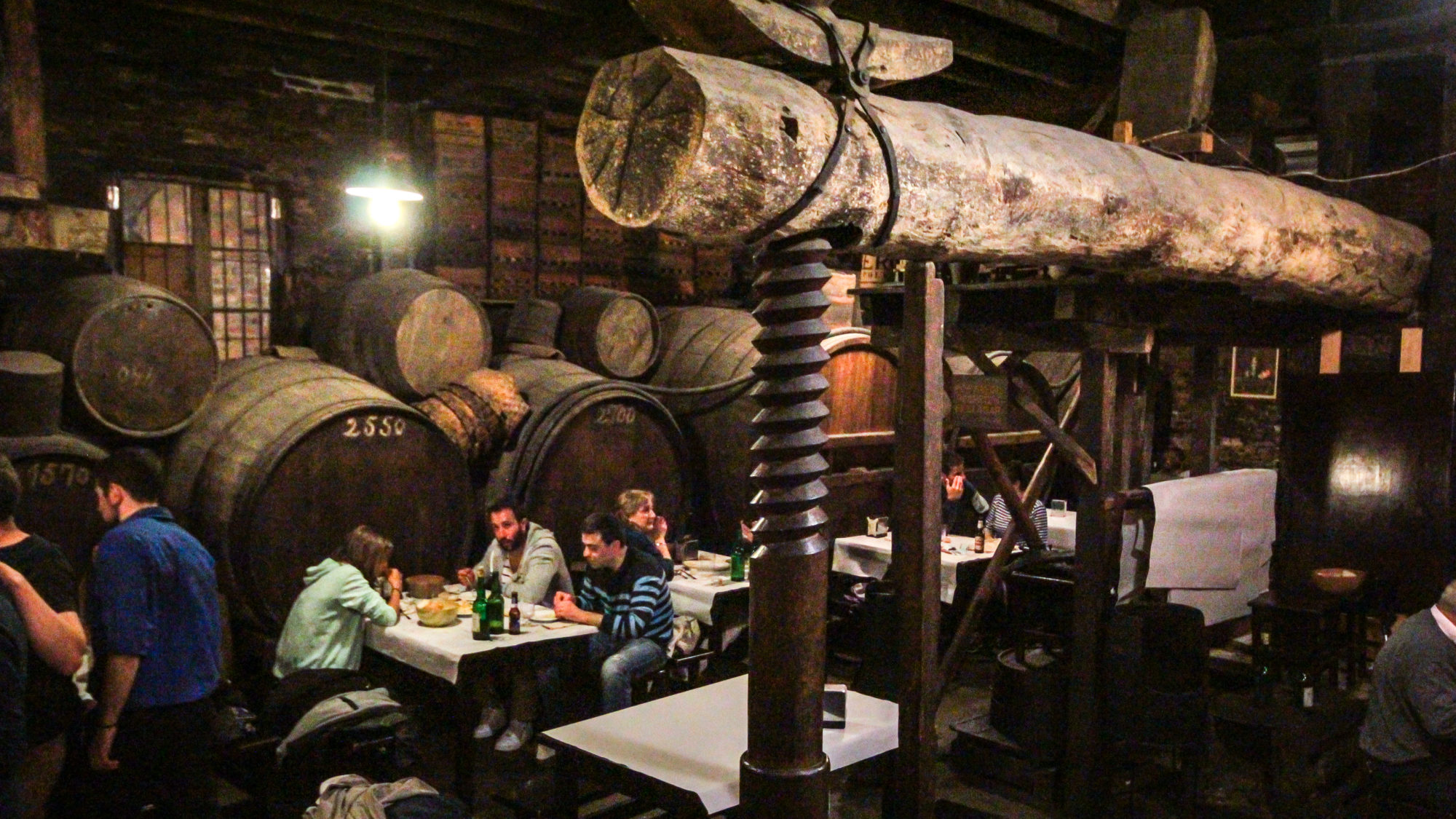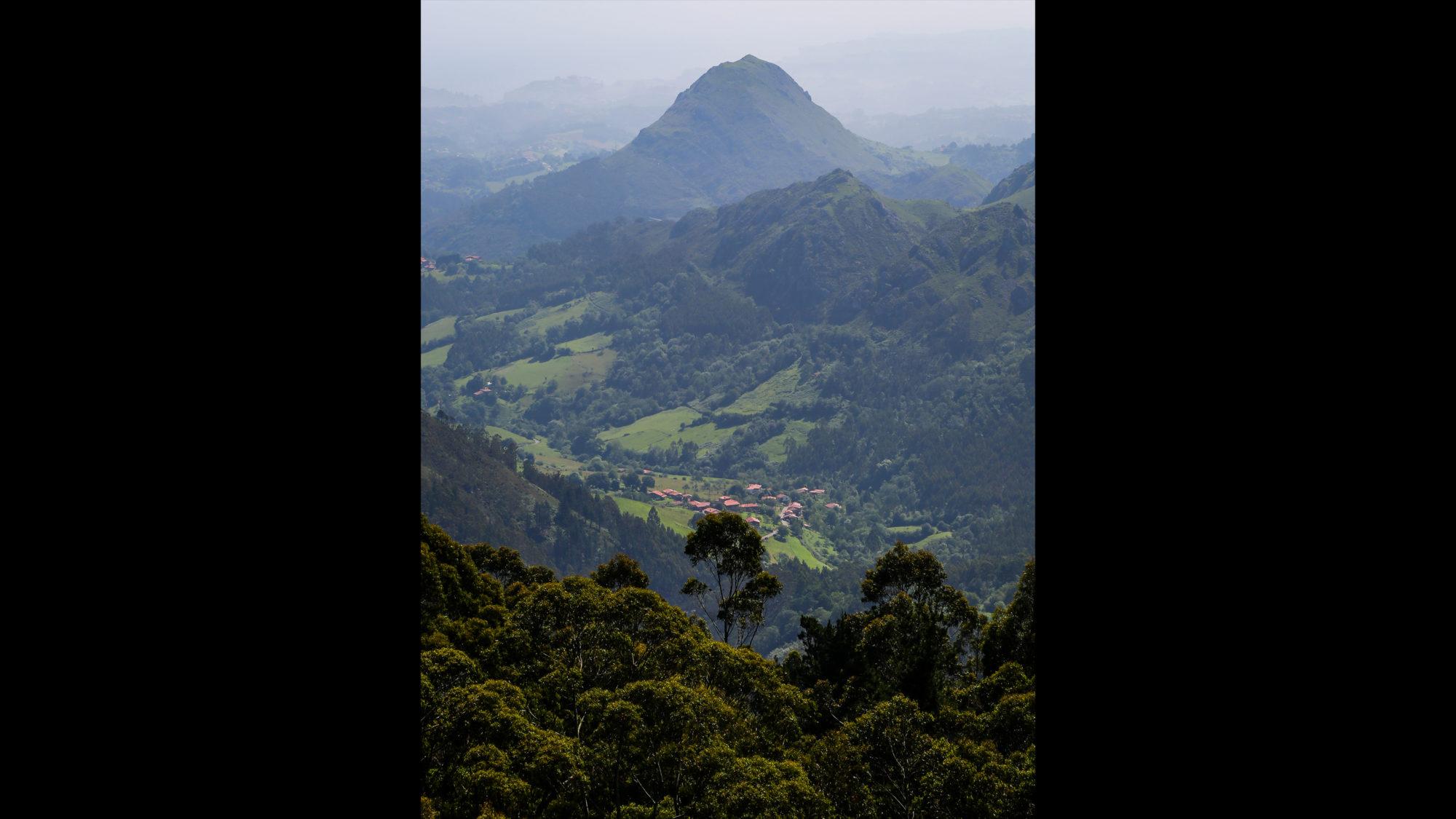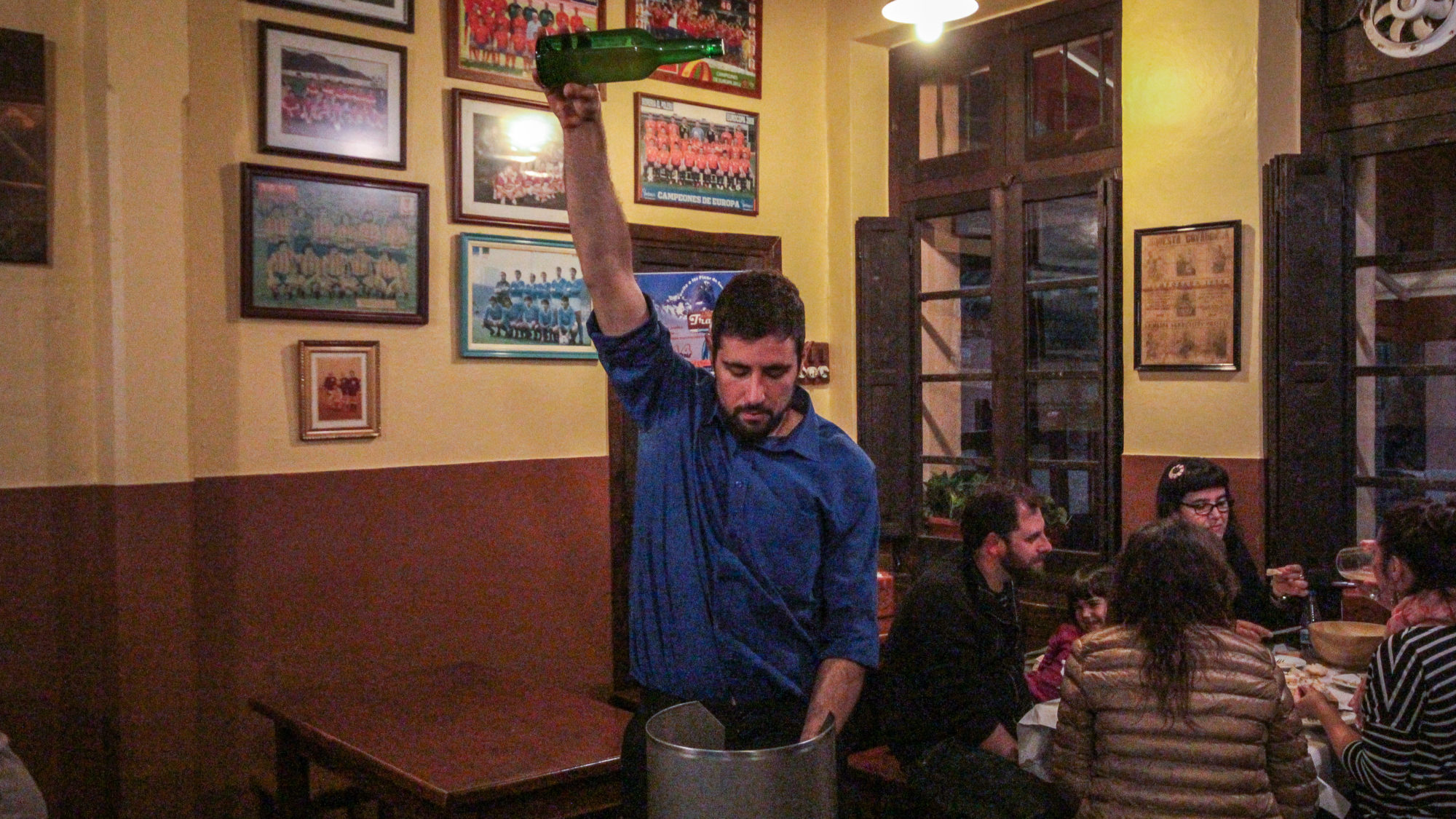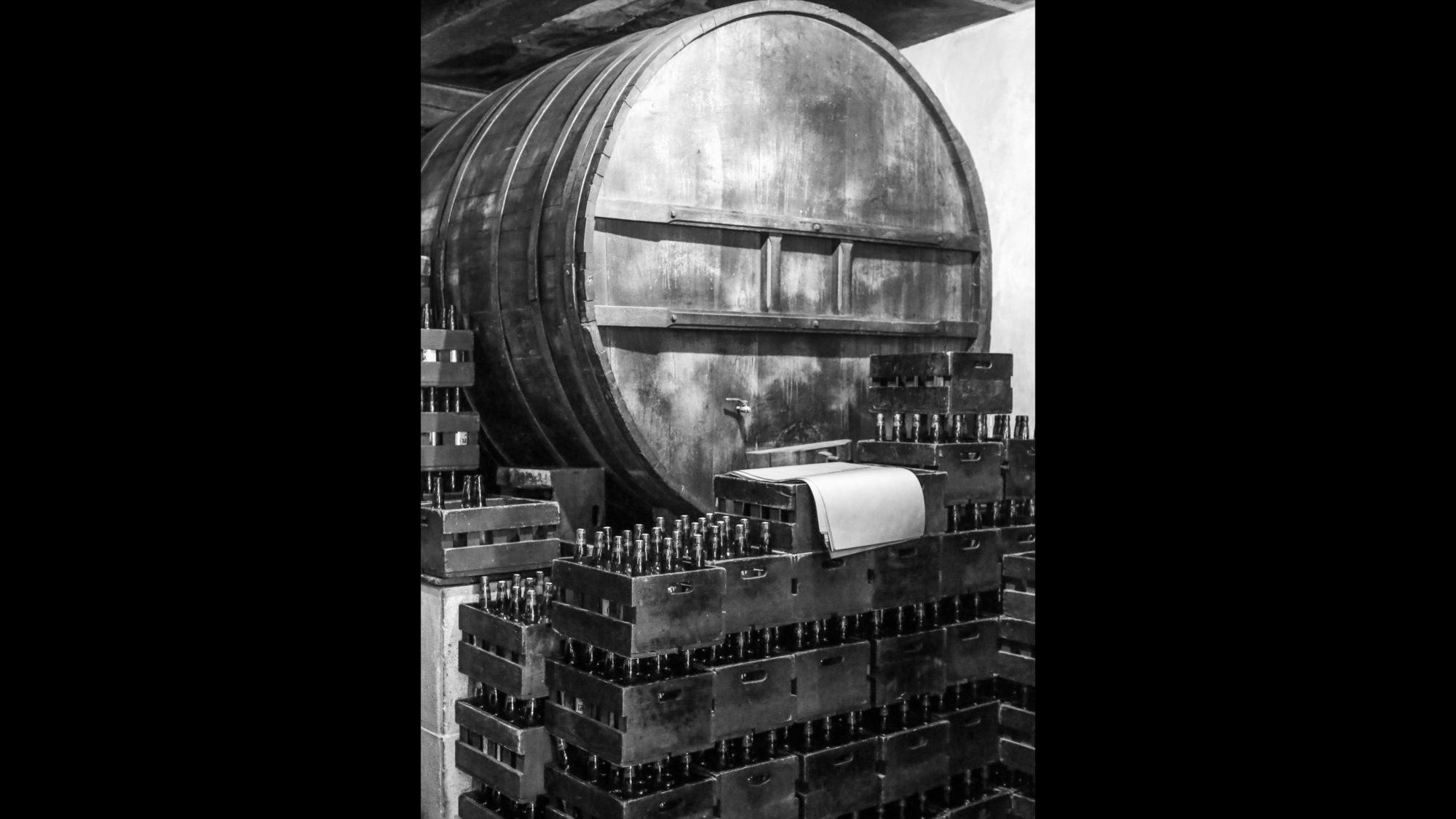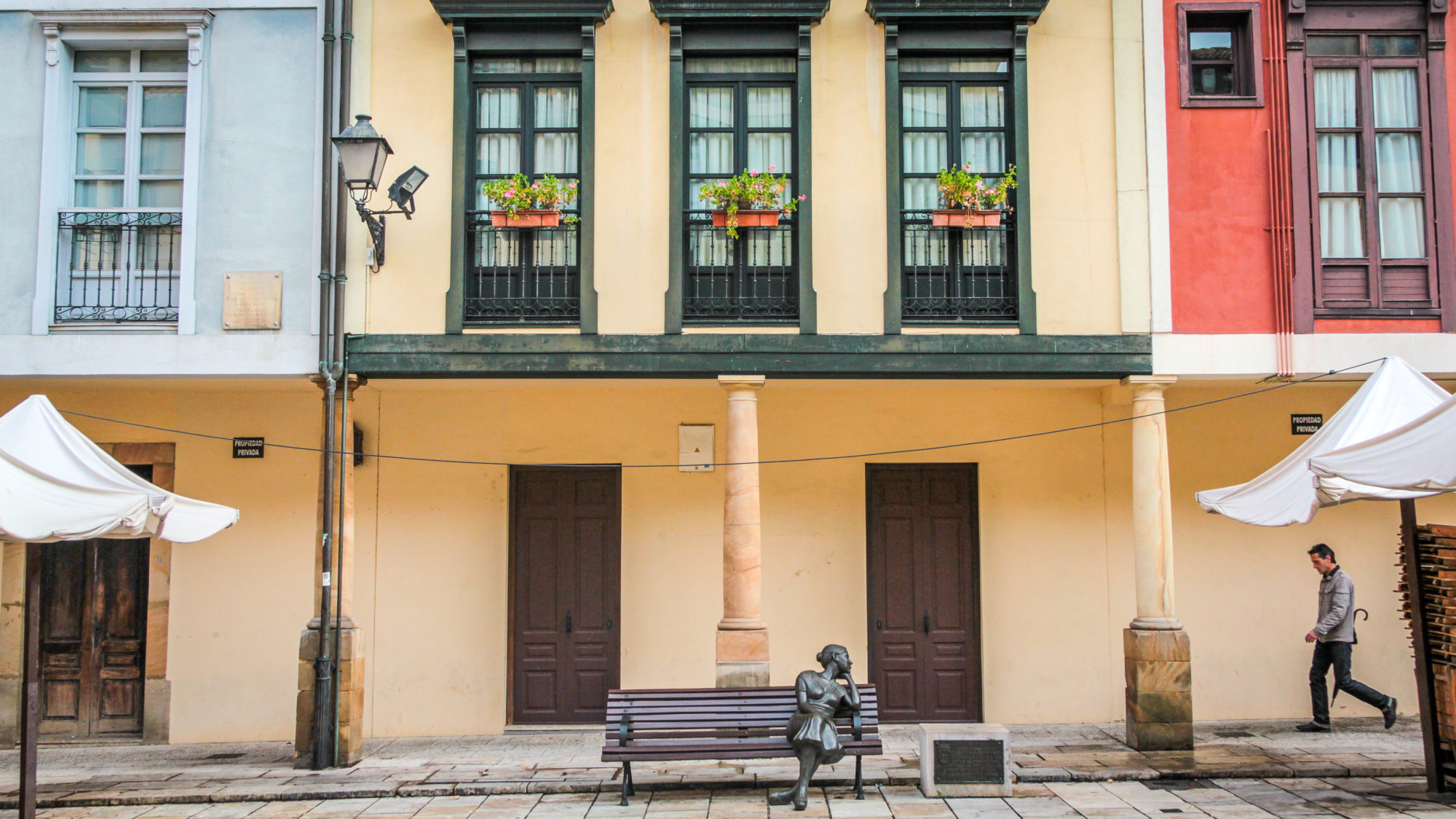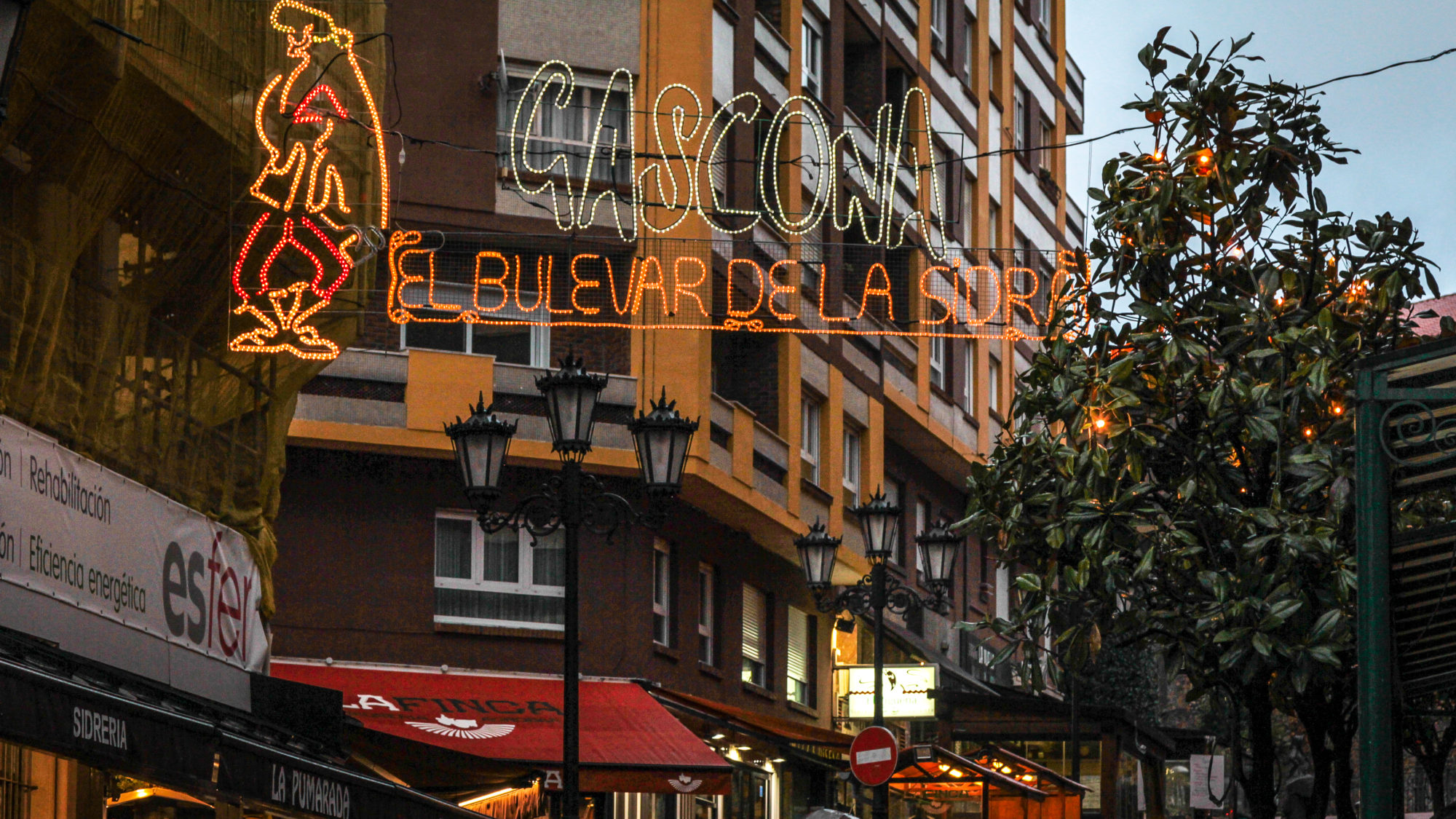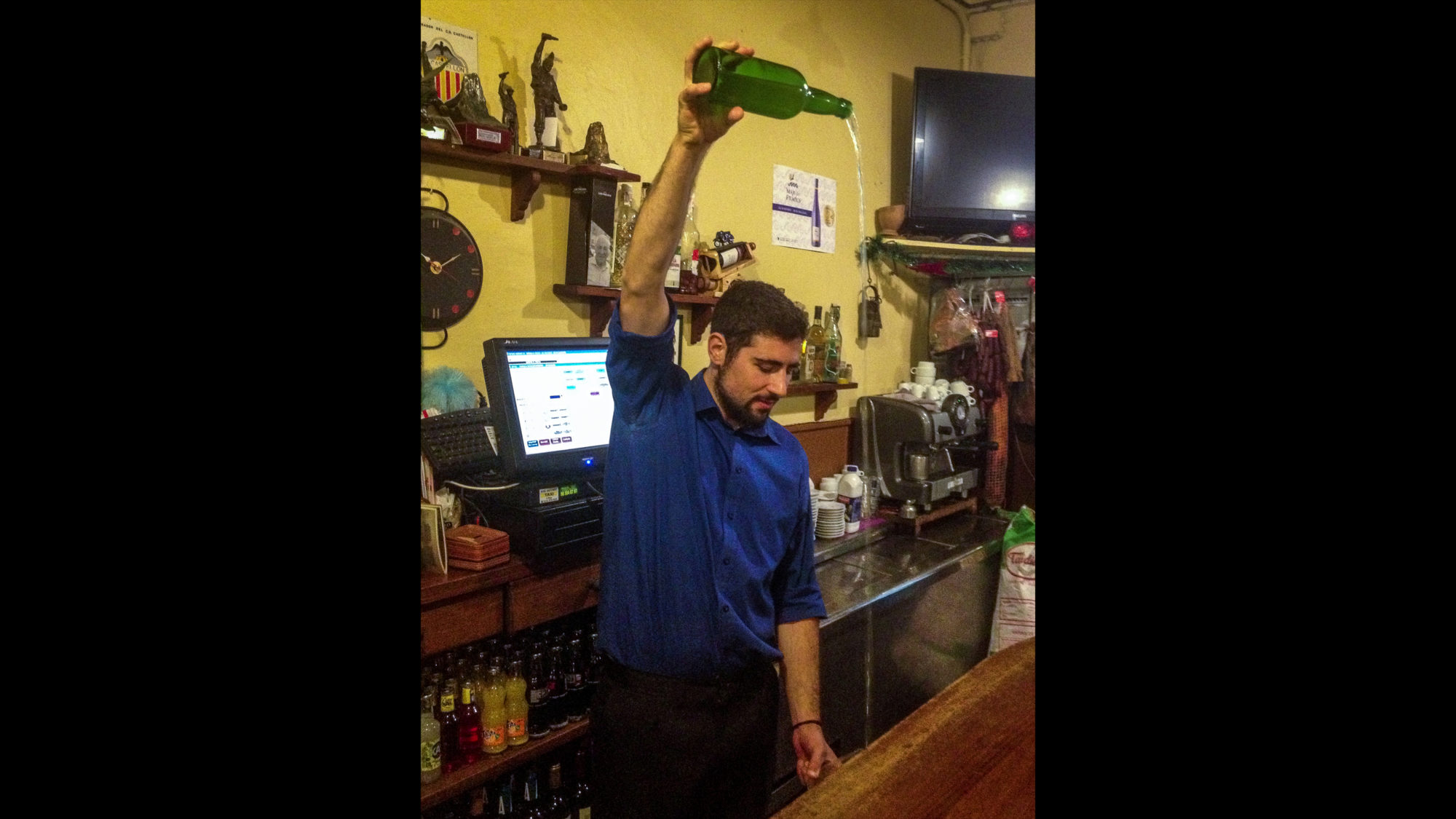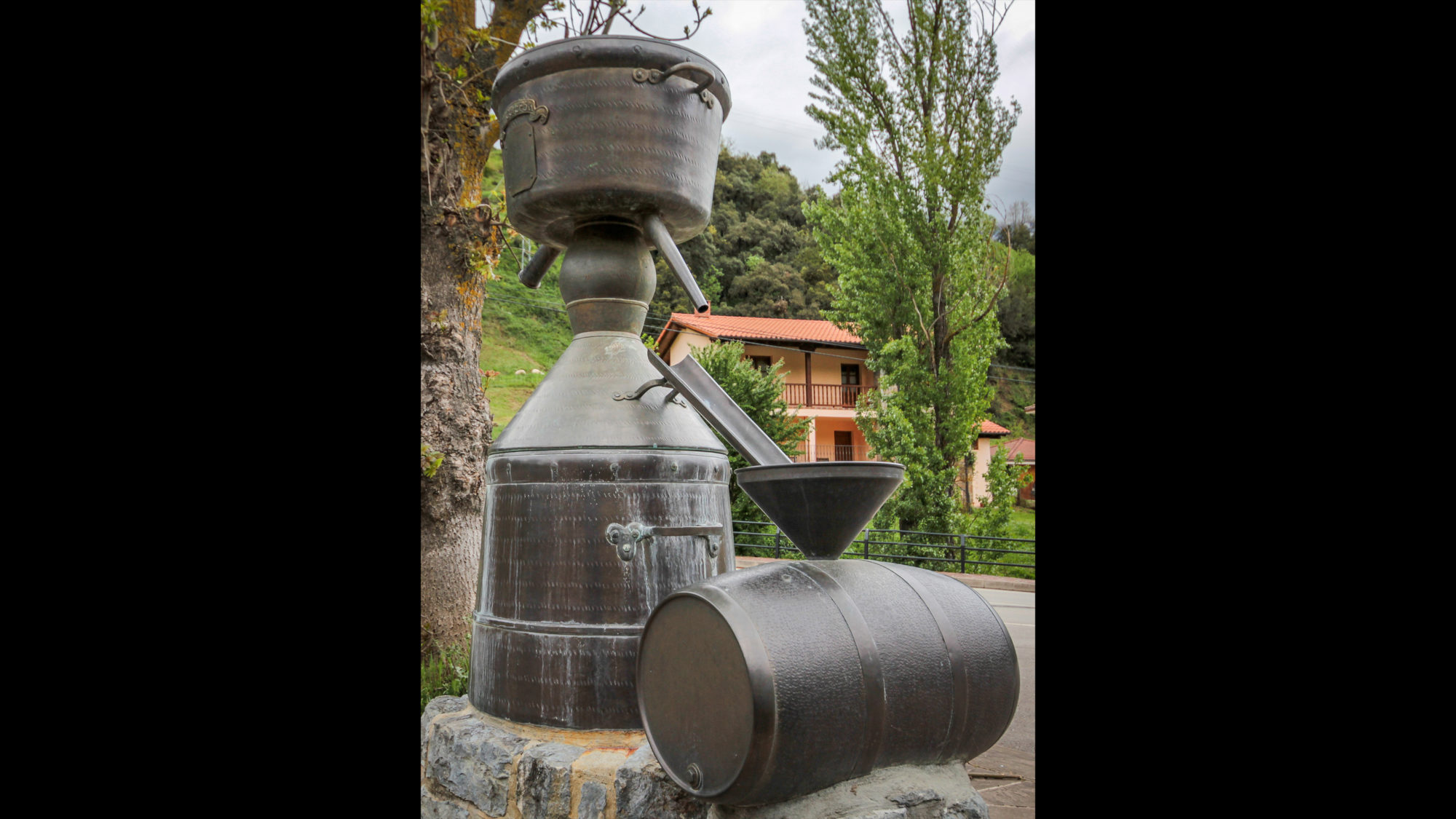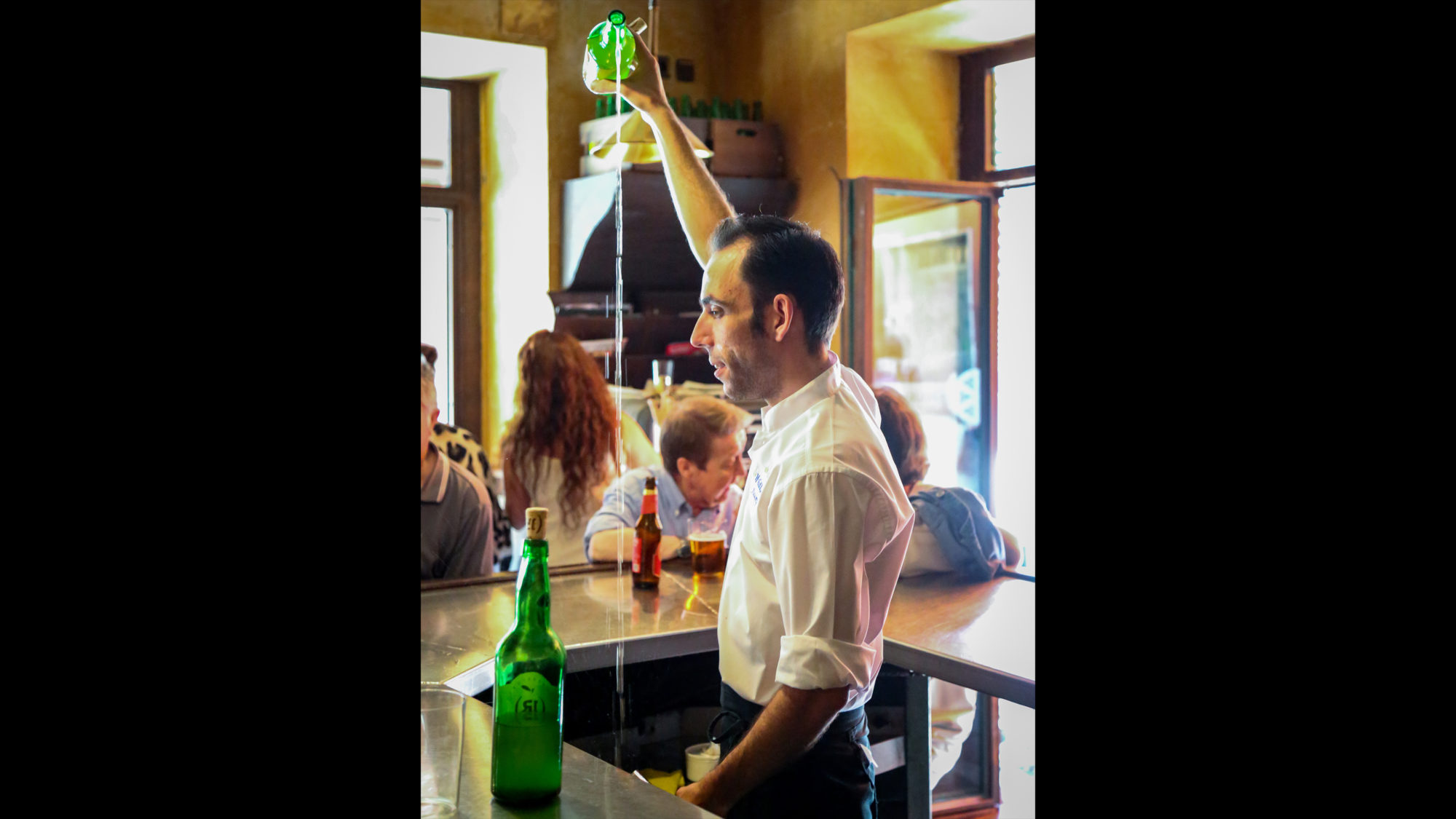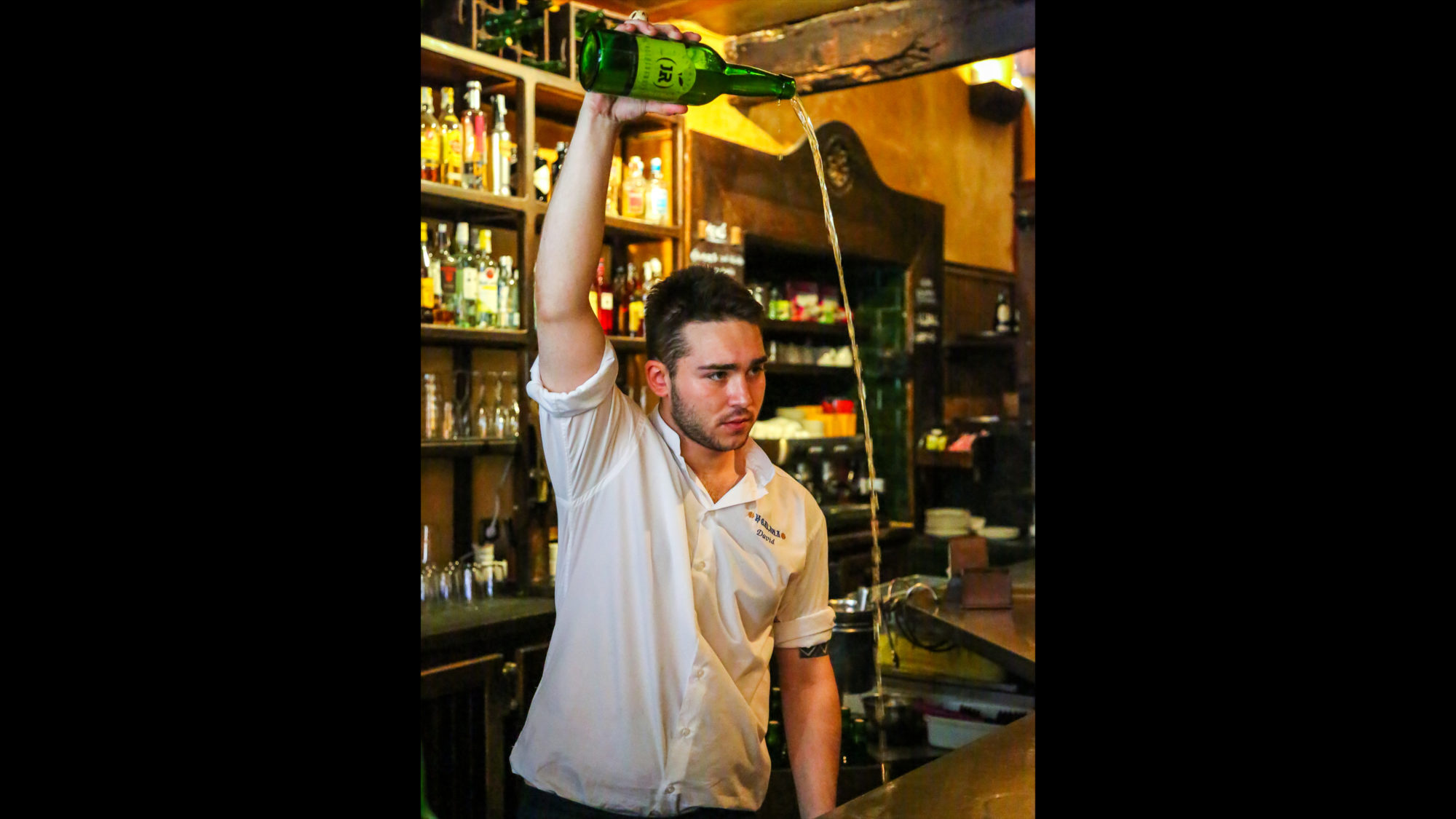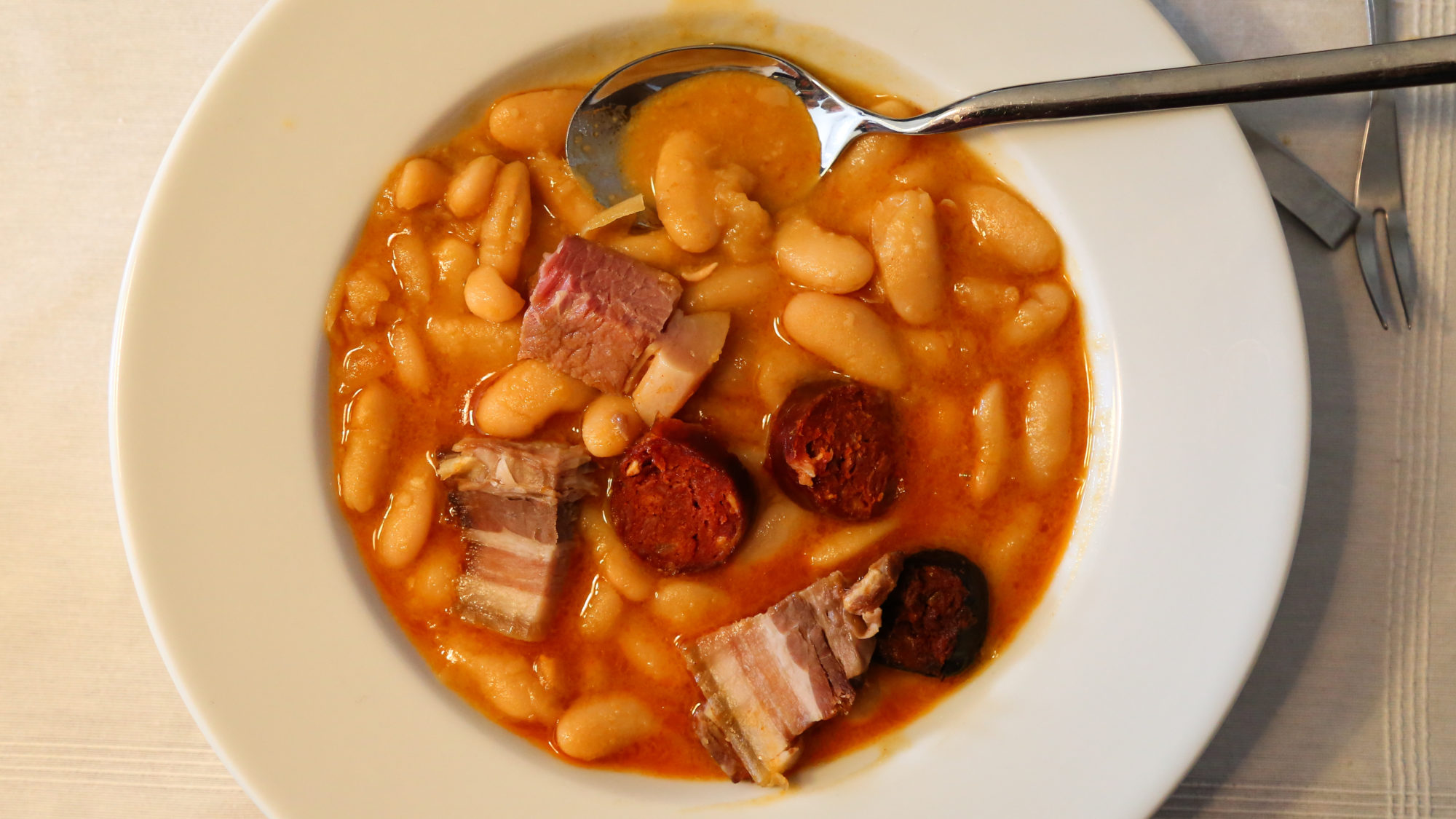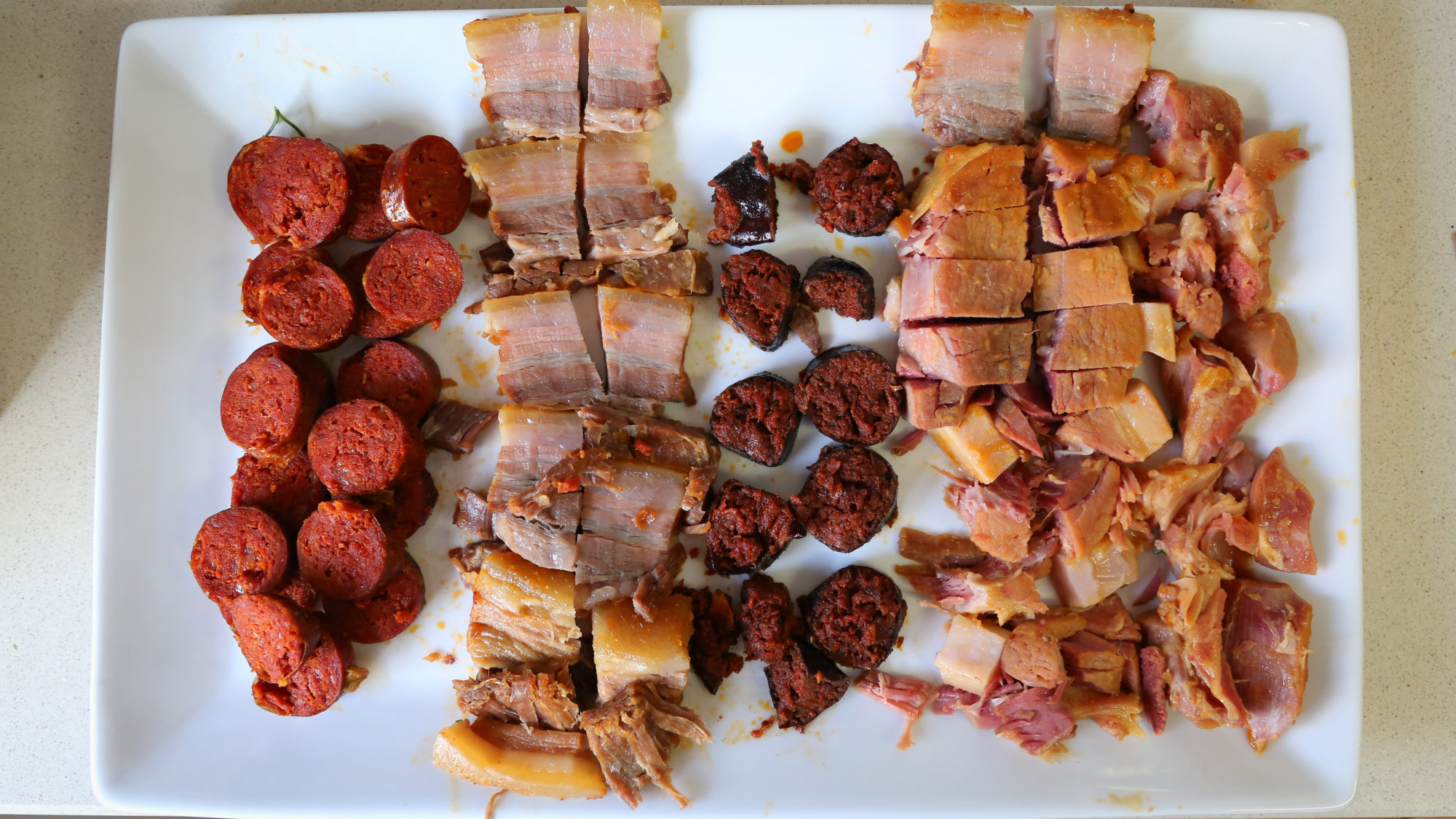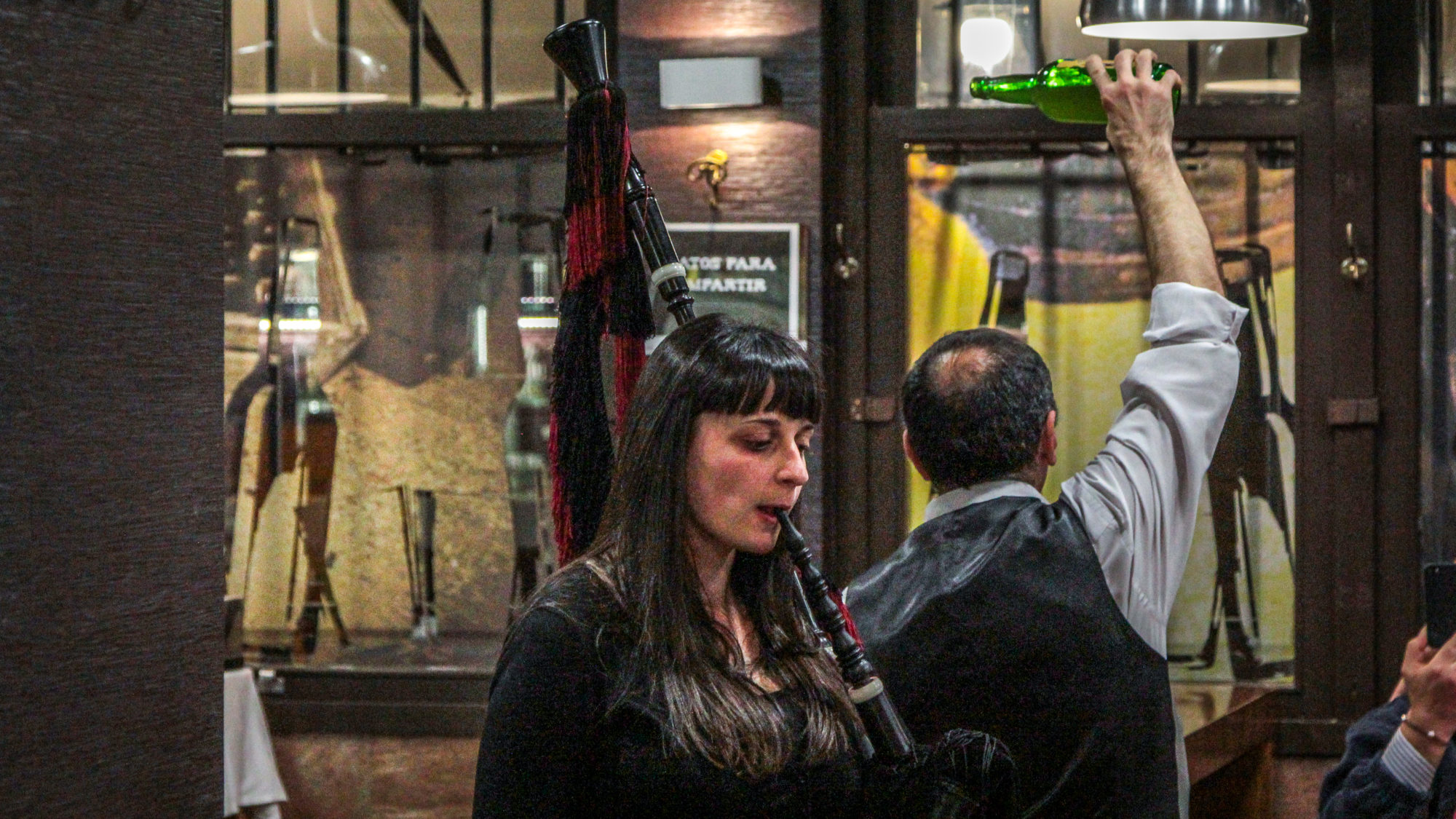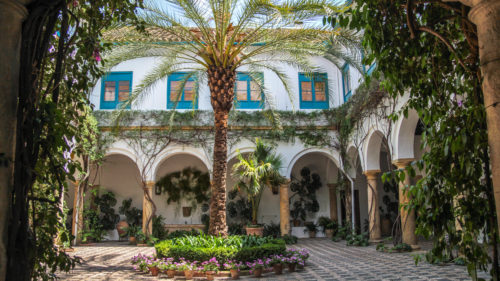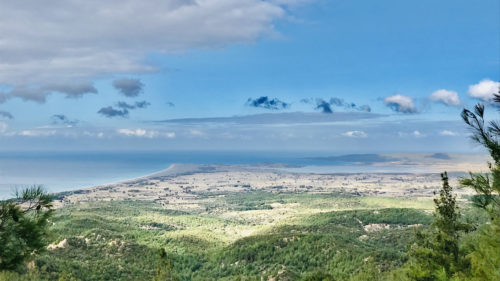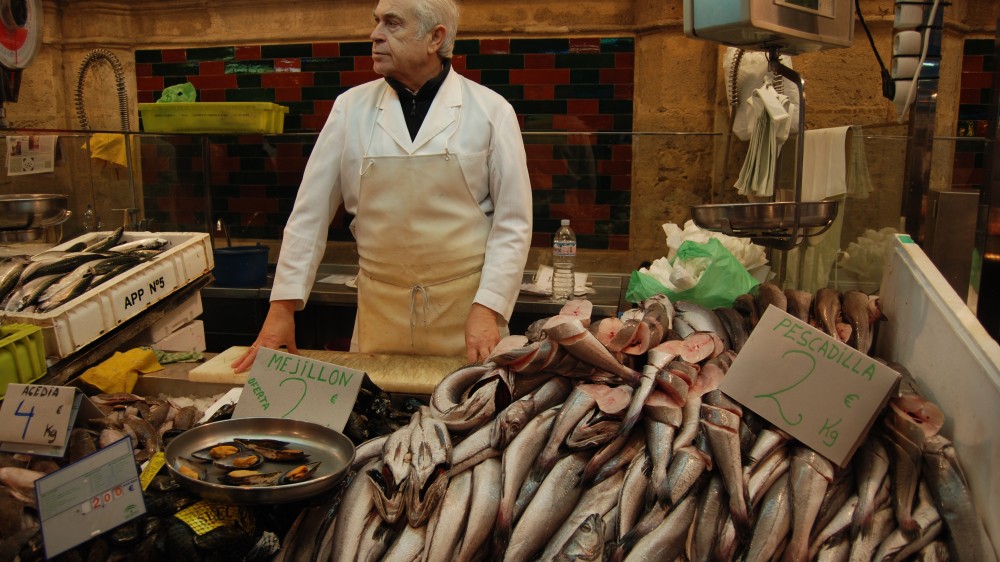Cider: Asturias’ Stream of Consciousness
I’m at heart a wine nerd, but you don’t need to twist my arm to sample other brews and libations, particularly if partaking will gain me deeper insights to a place or a people. When I travel, my first quest is always to find out what the locals drink and, at times, how they’re supposed to drink it. Today I’m going to give you the skinny on Sidra. This slightly effervescent and lightly alcoholic beverage made from, you guessed it, apples is found across northern Spain but is the defining drink of one region in particular, Asturias.
Asturias is cow country in Spain – the main dairy farms are here and the region, aside from being devastatingly beautiful, produces many of the highlights of the Spanish gastronomical canon. Grapes, and wine, are not among them. Apples, on the other hand, are. So to wash it all down? Cider.
One of the delights of discovering any region in Spain is to see how it continues to cradle its traditions with no pretence of a show for the tourists. And happily, thriving institutions in Asturias are the chigre (bar) or sidrería, the cider house. This is informal Asturian dining at its finest. Inexpensive, served with a heavy dose of local culture.
A good sidrería offers a small but perfectly formed menu of home-grown Asturian specialties, from embutidos (Iberian charcuterie), to quesos (cured cheese, some of Spain’s best varieties are from this region such as cave-aged Cabrales or Gamoneu), pitu de caleya (stewed Asturian-bred chicken), cachopo (the Asturian equivalent of a cordon bleu) or the crown jewel, fabada asturiana, the daily dish that simmers in every Asturian kitchen: broad bean stew with various cuts of pork. Think French cassoulet, but better (sorry Jack!).
Eating in Asturias means eating seriously well, meaning copiously. “Pillar una buena fartura” is the Asturian expression for this idea. And you can imagine after a delicious fabada…. well, that’s a lot of farturas.
You can get beer and wine at a cider bar of course, but you’re missing out on the experience unless you go for the cider.
Here’s the Cider House Rules for your next foray into northern Spain to show the locals you can sit at the adult’s table.
Rule #1 – Do sit at the table. You don’t get up to pour your own cider. You place your order, which is by the bottle, never by the glass. The cider is ceremoniously opened in front of you and in an action that looks like you’re about to be pranked, the waiter fully extends his arm above his head with your bottle poised and slowly begins pouring in the glass which is held as far down from the opposite hand as possible. As you can imagine, this is quite a sight, and a true blue cider pourer will look straight ahead, not down in the glass. Still, some splashing takes place. Good thing cider’s cheap.
Kids, try this at home! Practice makes perfect. This aeration of the cider by the way, is called in Spanish to escanciar, and so therefore the waiter pouring your cider is el escanciador. Essential for the enjoying cider the way it was meant to. Read on.
Rule #2 – Make sure you order and get Sidra Natural, the full natural cider in all its glory, no sugar or additives or carbonation. If it’s got DOP on the label (Denominación de Origen Protegida, the regulatory seal to ensure quality cider) all the better.
Rule #3 – Knock it back. The pours are into large glasses but each pour is quite small, so the idea is you gulp it down in one go rather than sip politely. The pour is meant to produce the air bubbles in the glass which go dull if you let the cider sit for too long. Your attentive waiter makes the rounds, and spying the empty glasses on the table, will continue to ceremoniously pour your cider till the bottle’s empty. If he’s slow in his duties, you could always signal him and ask him to pour you some more with the expression, “me hechas otro culín por favor?”
Last thing, not so much of a rule as a tip: let the empty cider bottles add up on your table and you’ll fast find yourself making friends with your fellow cider-gulpers. After a good session in the local chigre, you just might end up humming el garrotín.
Sebastian gives virtual lessons in Spanish pronunciation and cider pouring. Reach out to him to line up your next adventures in cider-space.
